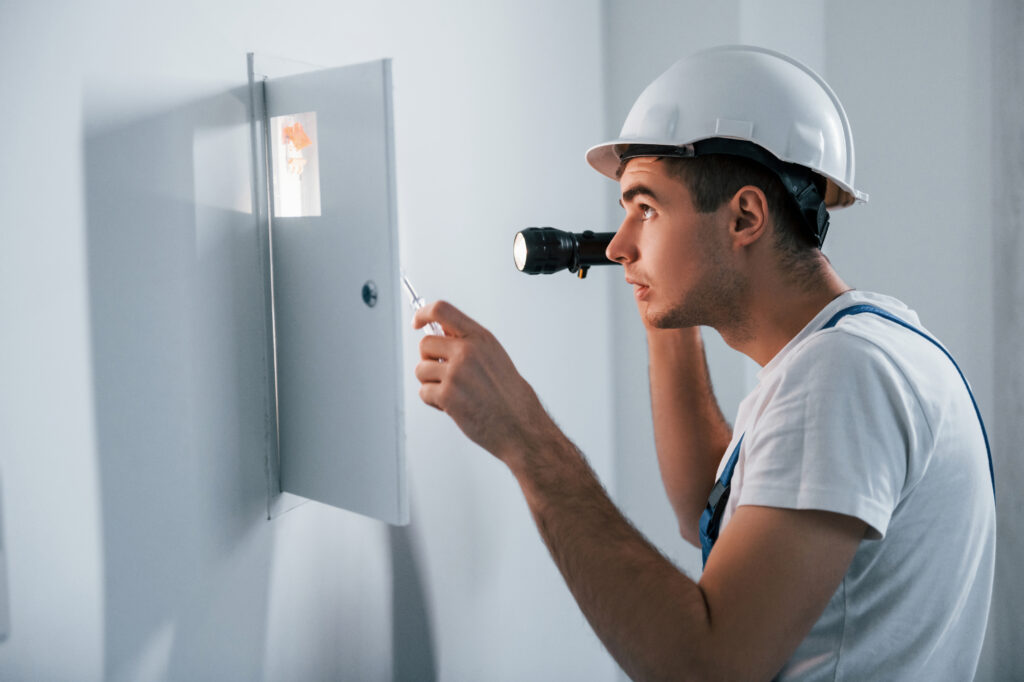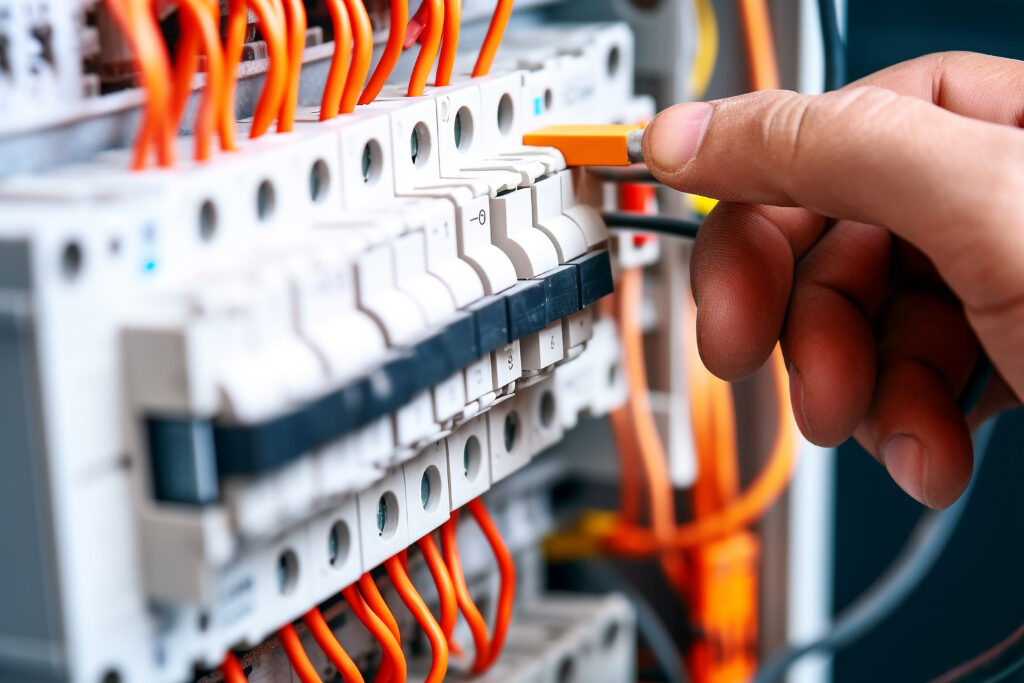It’s a scenario many homeowners have experienced – you’re going about your day when suddenly, the power goes out in one room of your house. Frustration sets in as you try to figure out what caused the outage and how to restore power. But fear not – with a bit of knowledge and some simple steps, you can often diagnose and resolve the problem yourself. Let’s explore common causes of power outages in one room, how to reset the breaker, and signs of a tripped or faulty circuit breaker.
Power outages in one room can be caused by a variety of factors, ranging from simple to more complex issues. Common causes include overloaded circuits, tripped breakers, faulty wiring, or a malfunctioning outlet or switch. Additionally, power outages can sometimes be the result of external factors such as a blown fuse, power surge, or damage to the electrical grid. By systematically troubleshooting the issue, you can often identify the cause and restore power to the affected room.
How do you reset the breaker when the power goes out in one room?
When faced with a power outage in one room, the first step is to determine if a tripped breaker is to blame. Locate your home’s electrical panel and open the door to reveal the circuit breakers. Look for any breakers that are in the “off” position or are not fully aligned with the rest of the breakers. If you find a tripped breaker, firmly switch it to the “off” position and then back to the “on” position. This should reset the breaker and restore power to the affected room. If the breaker continues to trip or if you’re unsure which breaker controls the affected room, further investigation may be necessary.

How do I know if my circuit breaker is tripped?
Identifying a tripped circuit breaker is relatively straightforward. Start by locating your home’s electrical panel and opening the door to access the breakers. Look for any breakers that are not fully aligned with the rest of the breakers or are in the “off” position. A tripped breaker will typically be in the middle position, between the “on” and “off” positions, or may be slightly off-center. Additionally, some circuit breakers may have a red or orange indicator window that displays when the breaker has tripped.
What is the most common cause of a tripped breaker?
The most common cause of a tripped breaker is an overloaded circuit. When too many devices or appliances are connected to a single circuit and draw more power than the circuit can handle, the breaker will trip as a protective measure to prevent overheating or electrical fires. Other common causes of tripped breakers include short circuits, ground faults, or faulty wiring. It’s essential to identify and address the underlying cause of the tripped breaker to prevent future outages and ensure the safety of your electrical system.
Is there a way to test if a breaker is bad?
Testing a breaker to determine if it’s bad involves a few simple steps. Start by visually inspecting the breaker for any signs of physical damage, such as cracks, burns, or discoloration. Next, use a multimeter to test for continuity across the terminals of the breaker. If the multimeter indicates an open circuit or infinite resistance, it may be a sign that the breaker has failed and needs to be replaced. Additionally, if the breaker trips consistently or refuses to reset despite troubleshooting efforts, it may be a sign of internal damage or wear and tear.

In conclusion, power outages in one room can be a frustrating experience, but with a bit of knowledge and some basic troubleshooting skills, you can often identify and resolve the underlying issue. By understanding common causes of power outages, knowing how to reset a tripped breaker, and recognizing signs of a faulty breaker, homeowners can ensure the safety and reliability of their electrical systems. If you’re unsure or uncomfortable with electrical work, it’s always best to contact a licensed electrician for assistance. With the right approach, you can quickly restore power and peace of mind to your home.


